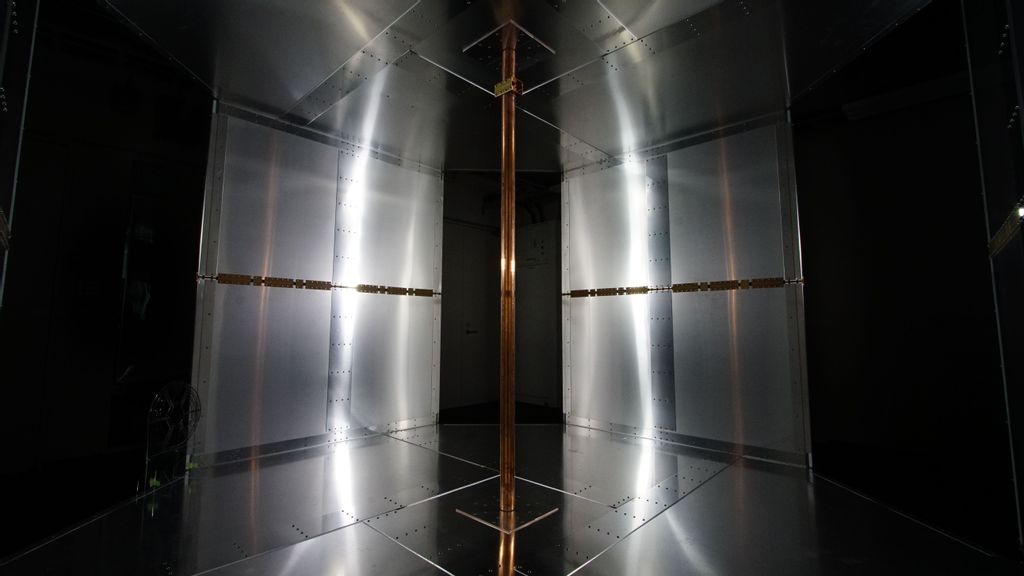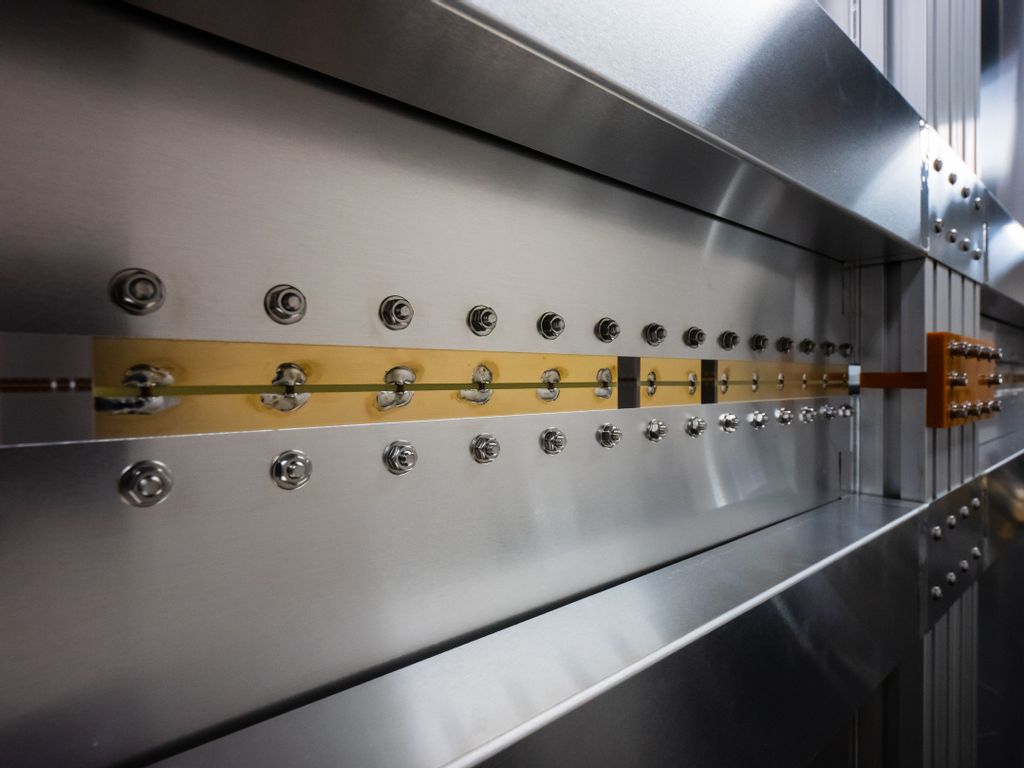

New technology may turn entire buildings into wireless charging zones for cellphones and other devices.
Such wireless electrical power would untether laptop computers and cellphones, and provide power to implanted medical devices as well as mobile robotics for factories and residences, said Alanson Sample, associate professor in the electrical engineering and computer science department at the University of Michigan.
“This really ups the power of the ubiquitous computing world — you could put a computer in anything without ever having to worry about charging or plugging in,” Sample said.
“There are a lot of clinical applications as well; today’s heart implants, for example, require a wire that runs from the pump through the body to an external power supply. This could eliminate that, reducing the risk of infection and improving patients’ quality of life,” said Sample, the co-author of a study that appeared in Nature Electronics.

Sample and researchers at the University of Tokyo built an aluminum test room measuring roughly 10 feet by 10 feet. There they powered up cellphones, fans and lamps wirelessly, drawing electrical current from anywhere in the room, regardless of where furniture and people were placed.
Testing with anatomical dummies, Sample and colleagues delivered at least 50 watts of power everywhere in the room without exceeding government-established guidelines for exposure to electromagnetic energy. According to Sample, higher levels of power delivery are possible.
According to the authors, theirs is a big improvement over other wireless systems that rely on dedicated charging pads or sometimes use harmful microwave radiation. The authors instead used a conductive surface on the room’s walls and a conductive pole to generate magnetic fields.
“Something like this would be easiest to implement in new construction, but I think retrofits [into existing buildings] will be possible as well,” said fellow researcher Takuya Sasatani, a project assistant professor at the graduate school of engineering at the University of Tokyo. “Some commercial buildings, for example, already have metal support poles, and it should be possible to spray a conductive surface onto walls, perhaps similar to how textured ceilings are done,” he said.
Sample, whose career includes stints at research labs for Disney and Intel before joining Michigan, said they had to build a resonant structure to produce a magnetic field while limiting electric fields that can heat and damage biological tissues. Using lumped capacitors placed in wall cavities, a magnetic field resonated throughout the test room that trapped electric fields inside the capacitors. Thus, the limitations of previous wireless power systems were avoided. These had been limited to delivering large amounts of power over a small space or miniscule amounts of power over long distances.

Magnetic fields travel in circular patterns, producing dead spots in square rooms. “Drawing power over the air with a coil is a lot like catching butterflies with a net,” Sample said, regarding this limitation. “The trick is to have as many butterflies as possible swirling around the room in as many directions as possible. That way, you’ll catch butterflies no matter where your net is or which way it’s pointed.”
To ensure coverage, their system generates two separate, 3D magnetic fields. One field circles around a central pole in the room, while another covers the corners by traveling between adjacent walls, thereby eliminating dead spots, and allowing devices to draw power anywhere in the room.
Their system can be used in larger structures, such as factories and warehouses, the researchers said, and also meet guidelines to prevent exposure to harmful electromagnetic fields. In it, devices would capture the magnetic field with wire coils that are integrated into cell phones and other electronic devices.
So, much like many cable TV and satellite subscribers “cutting the cord” for streaming services, today’s charging stations for cell phones and other electronics might one day be obsolete.
Edited by Matthew B. Hall and Kristen Butler
The post ‘Charging Room’ Powers Lights, Laptops And Cellphones Over The Air appeared first on Zenger News.





